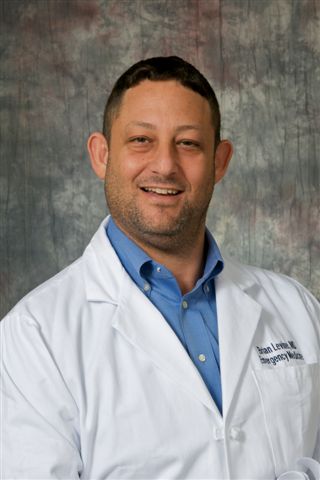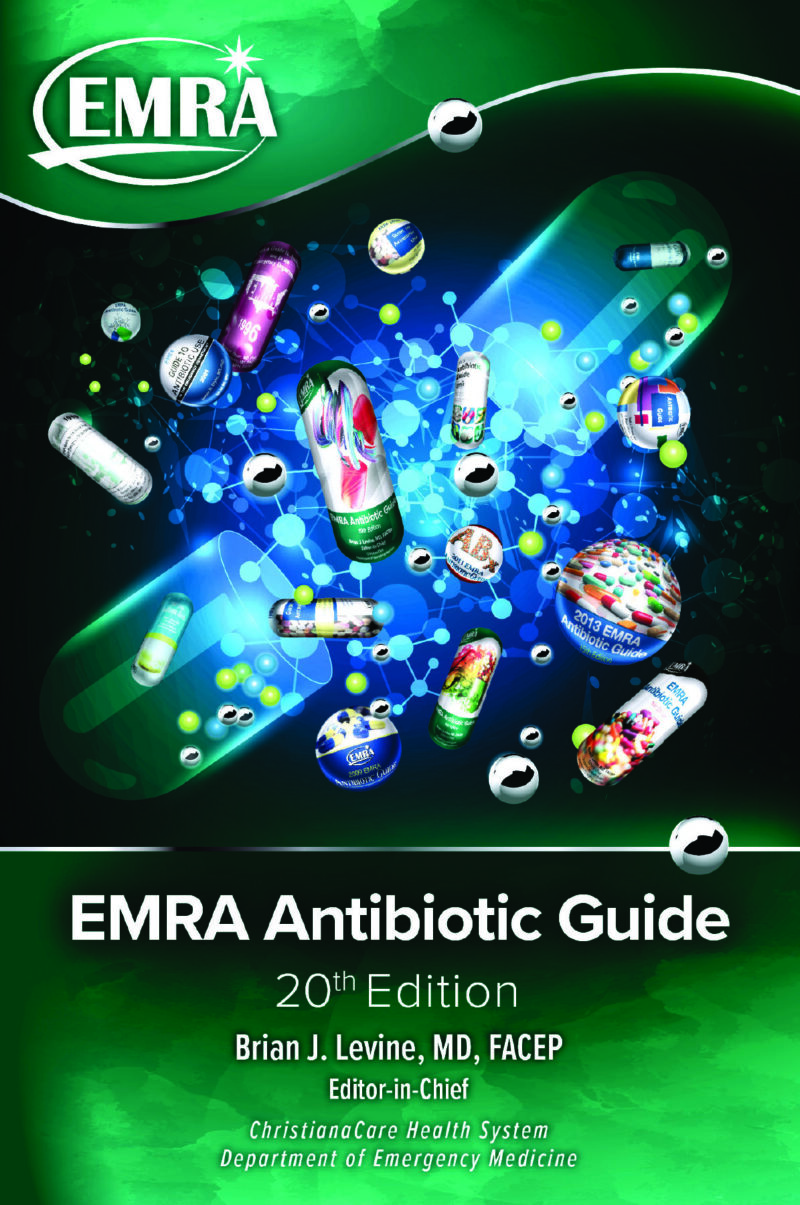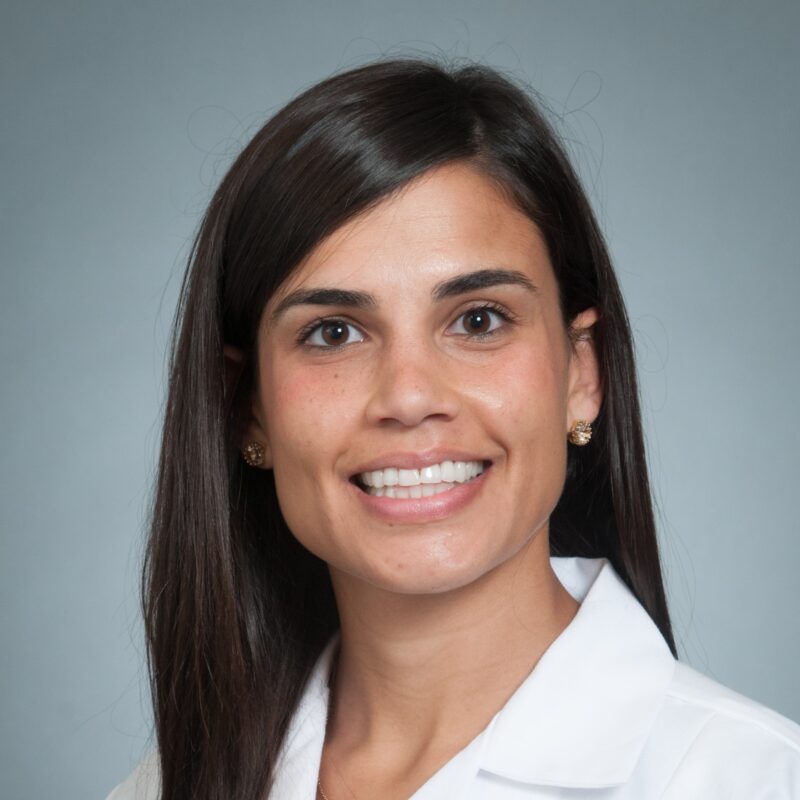
ChristianaCare physicians, pharmacists and residents recently produced the 20th edition of an internationally renowned antibiotic guide that’s the most widely used such reference among emergency medicine physicians.
The guide is the 9th edition to have been edited by ChristianaCare Associate Chief Academic Officer Brian Levine, M.D.
The pocket-sized EMRA Antibiotic Guide is published every other year by the Emergency Medicine Residents’ Association, a professional organization for residents in emergency medicine.
New in this edition are a chapter addressing tuberculosis and updated recommendations based on IDSA, FDA and evidence-based guidance.
EMRA distributes the guide to its more than 16,000 members, including students, residents and senior physicians.

It has been shipped to every continent and translated into several languages. The palm-sized book has outpaced every other antibiotic guide among emergency medicine physicians.
“This book has become a staple that residents and practitioners around the country and world use on a regular basis,” Levine said.
“In a busy emergency department, you don’t have time to thumb through a textbook or search online to get the right antibiotic. People tell me they use this guide several times during a shift.”
The making of a bestseller

The antibiotic guide contains about 100 one-page chapters, each focusing on a single disease state. Every chapter contains information about specific antibiotics that are helpful for that particular disease, including dosage information, details about when antibiotics shouldn’t be used and more.
“It suggests alternative antibiotics, if someone has a severe allergy to the one that is clinically suggested,” said Jessica Beadle, M.D., who helped write and edit the 20th edition.
“We also put in pediatric dosing and suggestions for IV antibiotics for inpatient and outpatient settings. It pretty much covers every possible patient.”

About three-quarters of ChristianaCare’s Emergency Medicine 70 faculty worked on the 20th edition, plus all of the program’s 65 residents.
“It’s a great opportunity to get involved in something academic outside of your residency,” said Matthew Dillon, M.D., an Emergency Medicine and Internal Medicine resident, who was active in EMRA while attending medical school in Denver.
“Being involved with EMRA led me to want to come to ChristianaCare in the first place.”
A cadre of co-authors
Every other year, when Levine updates the antibiotic guide, residents are assigned two chapters to review and update. They must read through the latest research, then update any outdated information within their chapters.

Levine and several senior residents then spend months editing the chapters with the help of ChristianaCare pharmacists.
Nicole Harrington, PharmD, BCPS-AQ ID, Clinical pharmacy specialist in Infectious Diseases, has helped edit the guide for the past decade.
“I feel fortunate to be part of a project that has such a meaningful impact,” Harrington said.
“By reaching so many different people and supporting them in making good antibiotic choices, we help improve patient outcomes.”
Real-time updates
Since 2018, an app version of the guide has been updated in real time, whenever changes are needed. This helps emergency medicine physicians worldwide quickly provide the best care for their patients.
“It’s very hard to keep on top of dosing changes,” said Jennifer Kelly, PharmD, BCIDP, clinical pharmacy specialist in Infectious Diseases, who worked on the most recent antibiotic guide.
“As pharmacists, and with infectious disease being our focus, we’re especially attuned to these.”
And now it’s on to the next chapter. Levine, his residents and colleagues in Emergency Medicine and Pharmacy have already begun begin working on the 21st edition of the antibiotic guide. While it’s a time-consuming process, the impact that the book and app have makes the labor worthwhile.
“It’s the bible of emergency medicine antibiotics,” said EMRA managing editor Valerie Hunt. “Time and time again, we hear that it’s a must-use on every shift.”



